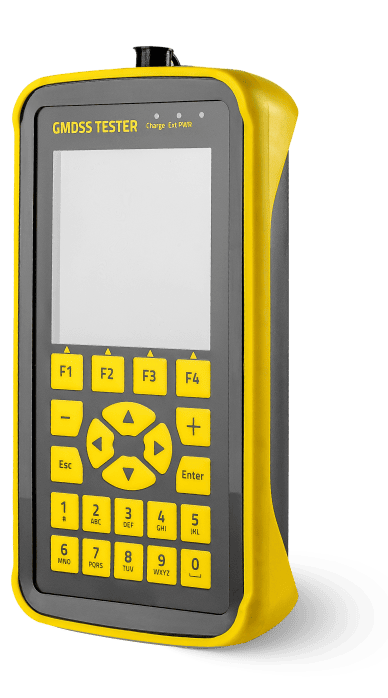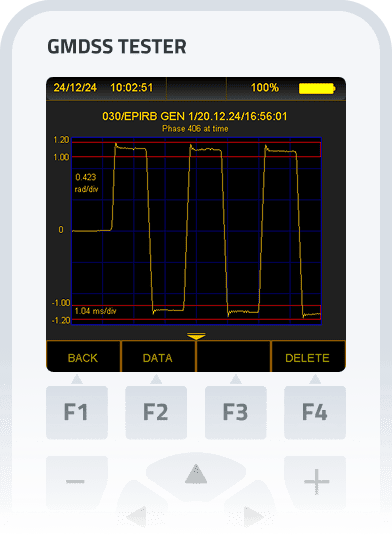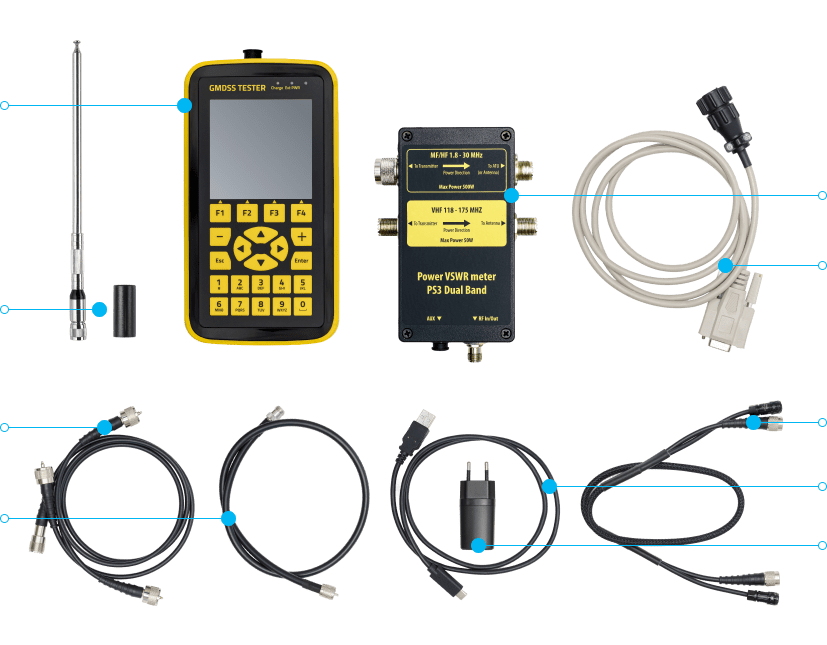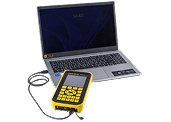BREAKTHROUGH INNOVATIONS FOR SMART SURVEYS
The MRTS-7 Pro builds on the trusted performance of the MRTS-7M — and takes it to the next level. It’s a powerful new generation tester, enhanced with breakthrough features and a modern, intuitive design.
A redesigned interface and expanded capabilities make radio surveys faster, easier, and more efficient than ever.
Thanks to its versatility, MRTS-7 Pro enables comprehensive testing of all types of GMDSS and AIS equipment covered by IMO regulations — with automatic generation of reports in the required format.
SGB (Second Generation Beacon) - supported!































